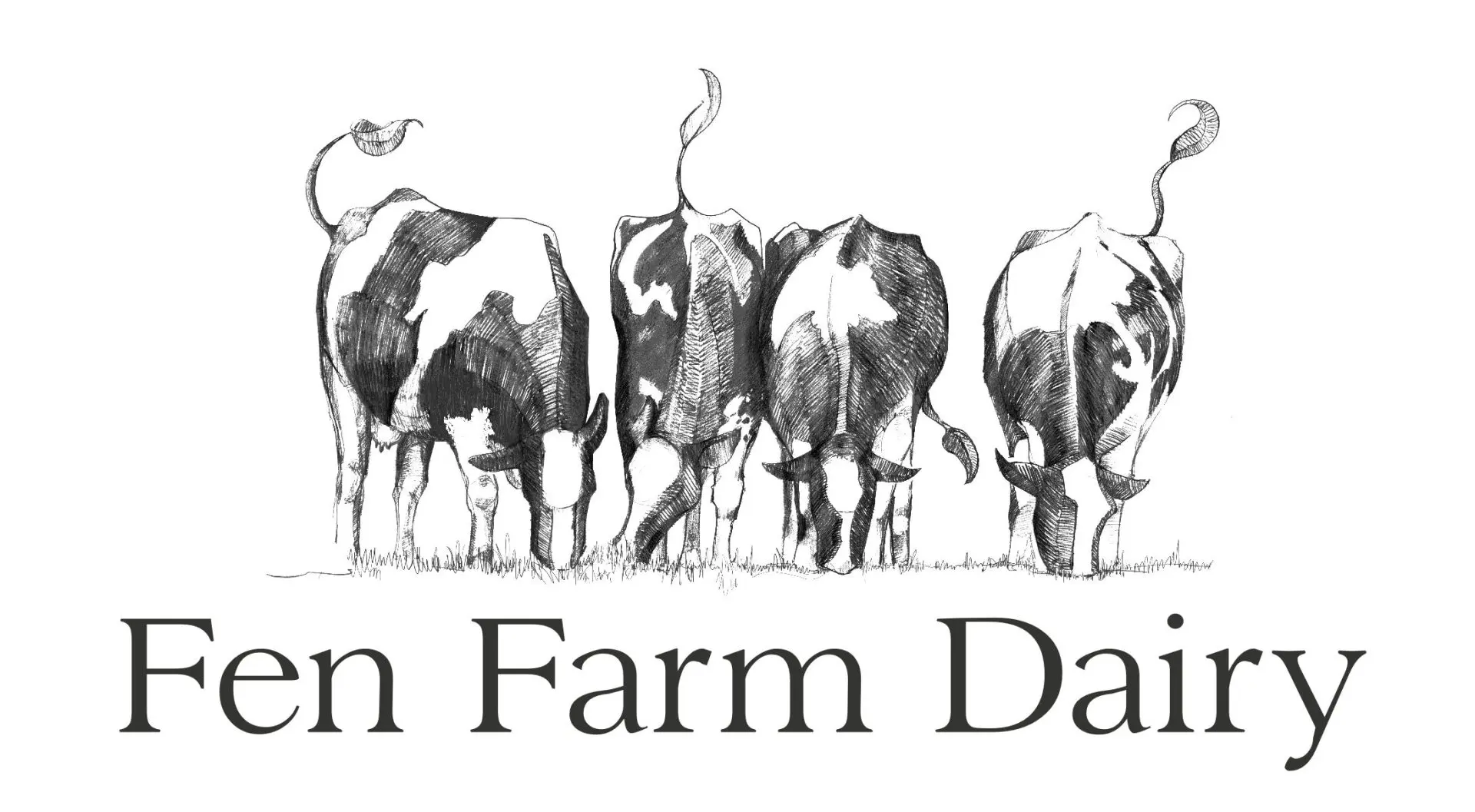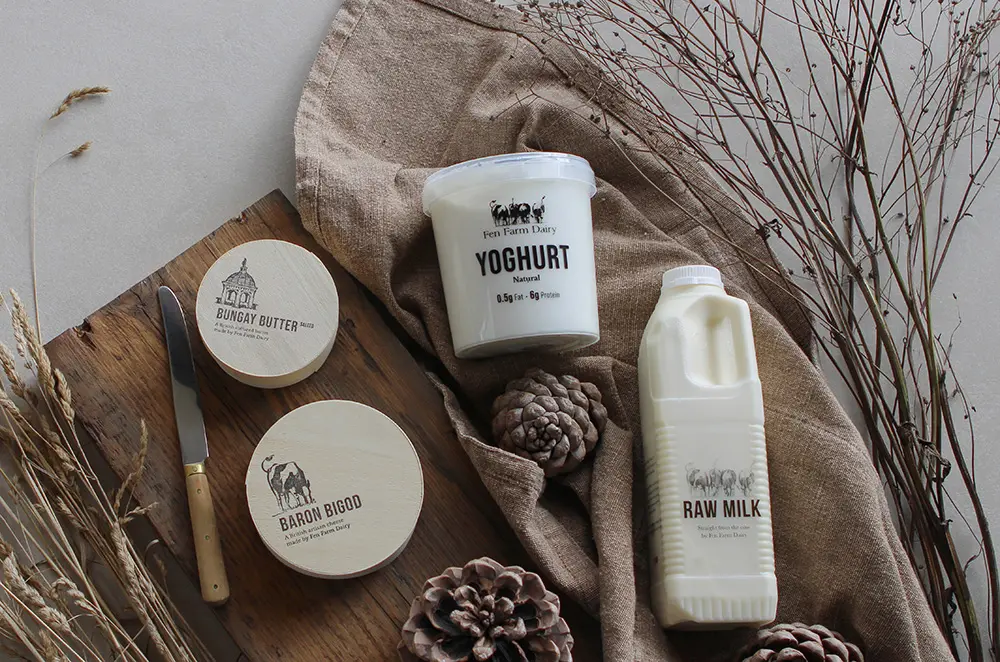 Back to Listings
Back to Listings
Oct
Seasonal Update – September 2024
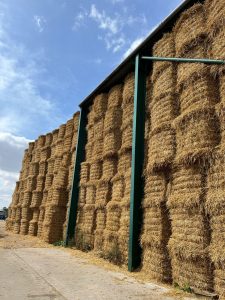
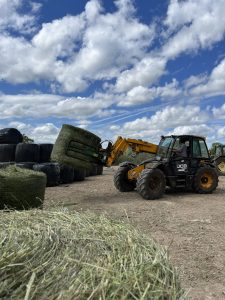
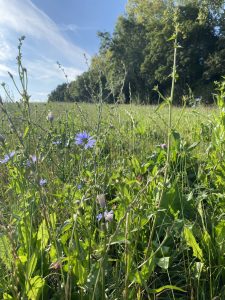
Similar Articles
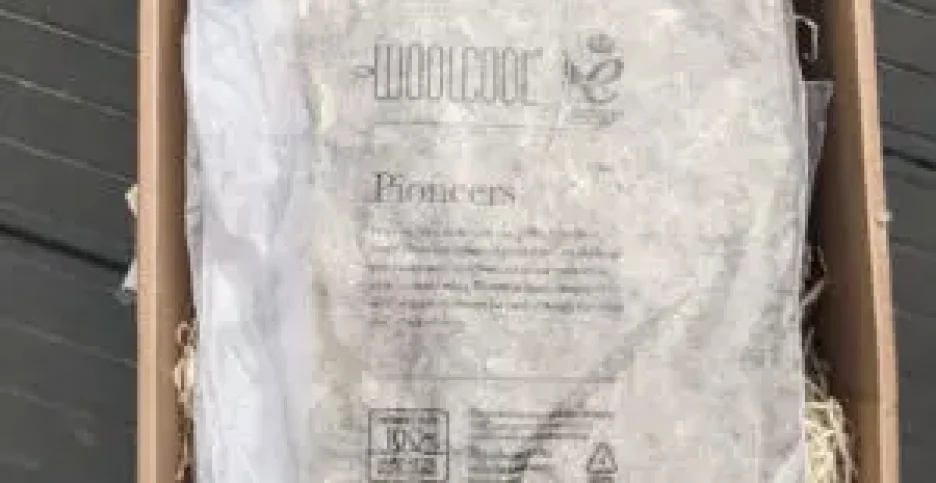
Oct
Recycling your Woolcool packaging
Recycling your Woolcool® packaging. The wool liners that come in your web boxes during the warmer months are a fabulous way to keep all your precious products cool. Woolcool®, the makers of these amazing blankets, have introduced a scheme to make sure they are reused and recycled in the best way possible. How it works:…
Read More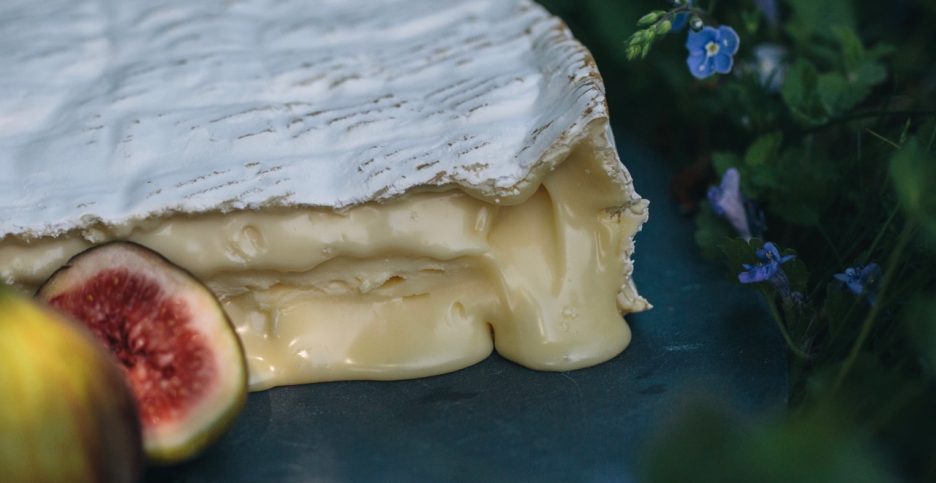
Oct
Invite Baron Bigod to your party
Are you gearing up to celebrate something this summer? Whether it’s a wedding, christening, summer BBQ, or you’re just thinking of celebrating being you (which, by the way, is always an excellent idea), we’re certain you won’t regret inviting Baron Bigod to your party. Baron Bigod is ideal for bringing the goo to your grazing…
Read More
Heads Up!
Any products in your basket will be removed in order to set up this subscription.

Change Frequency?
You will lose your selecction if you change to a different frequency. Are you sure you want to change?
Clear your box?
This action will clear your current box selection, click cancel to continue shopping, or "That's OK" to clear your box and view single purchase products.

Empty Your Box?
Are you sure you want to remove everything you have selected?

Your box is full!
You will need to remove something before you can add any more, or choose a larger box.

Add to basket?
Adding this product will remove your membership from the basket. If you want both, please checkout and come back?


